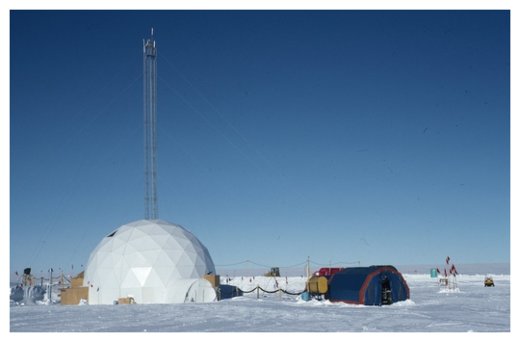
© Michael BenderResearchers analyzed samples from ice core drilling stations in Antarctica and Greenland to evaluate the planet's atmospheric oxygen levels throughout history.
Atmospheric oxygen levels have declined over the past 1 million years, although not nearly enough to trigger any major problems for life on Earth, a new study finds.
The research behind this new finding could help shed light on what controls atmospheric
oxygen levels over long spans of time, the researchers said.
Atmospheric oxygen levels are fundamentally linked to the
evolution of life on Earth, as well as changes in geochemical cycles related to climate variations. As such, scientists have long sought to reconstruct how atmospheric oxygen levels fluctuated in the past, and what might control these shifts.
However, models of past atmospheric oxygen levels often markedly disagree, differing by as much as about 20 percent of Earth's atmosphere, which is oxygen's present-day concentration, the researchers said. 1 It is not even known if atmospheric oxygen levels varied or remained steady over the past 1 million years.
"There was no consensus on whether the oxygen cycle before humankind began
burning fossil fuels was in or out of balance and, if so, whether it was increasing or decreasing," said study lead author Daniel Stolper, a geochemistat Princeton University in New Jersey.
In the new study, researchers calculated past
atmospheric oxygen levels by looking at air trapped inside ancient polar ice samples. Specifically, they looked at samples from Greenland and Antarctica.
The new estimates suggest that atmospheric oxygen levels have fallen by 0.7 percent over the past 800,000 years. The scientists concluded that oxygen sinks — processes that removed oxygen from the air — were about 1.7 percent larger than oxygen sources during this time.Although a drop in atmospheric oxygen levels might sound alarming, the decrease the researchers found "is trivial in regard to ecosystems," Stolper told Live Science. "To put it in perspective, the
pressure in the atmosphere declines with elevation. A 0.7 percent decline in the atmospheric pressure of oxygen occurs at about 100 meters (330 feet) above sea level — that is, about the 30th floor of a tall building."
There are two hypotheses that may help explain this oxygen decline over the past million years, Stolper said.
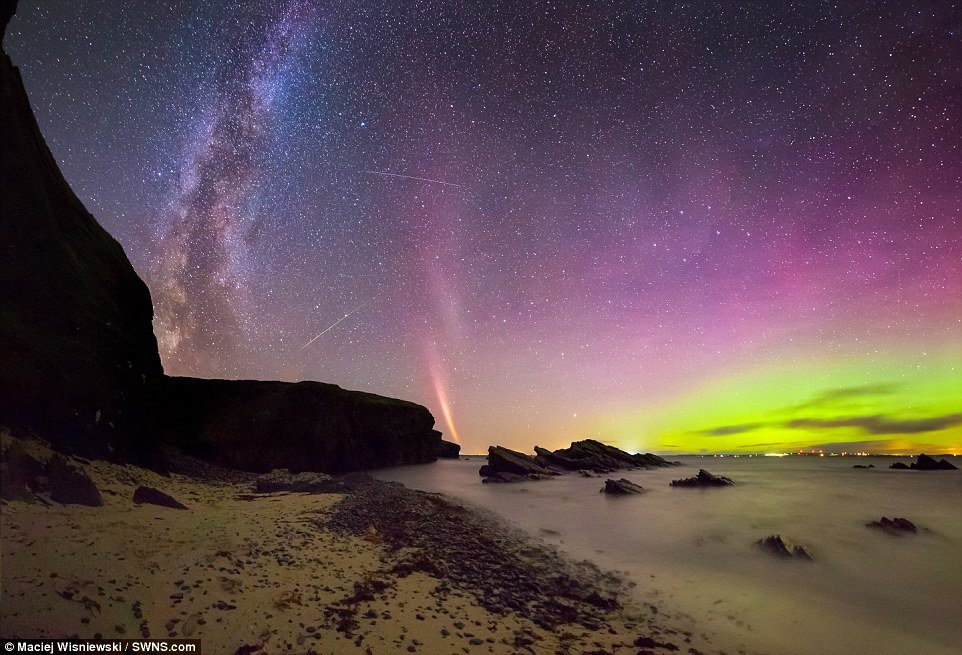
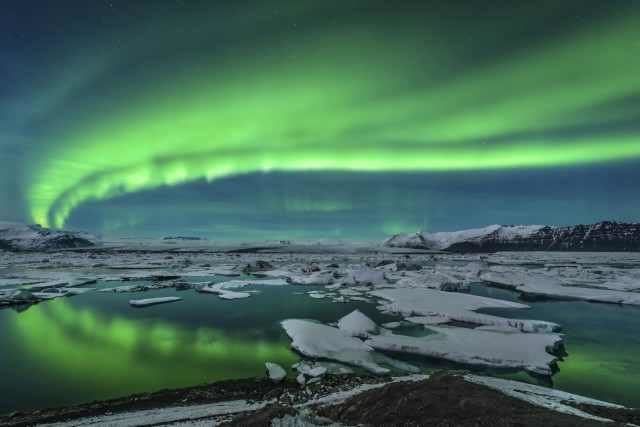
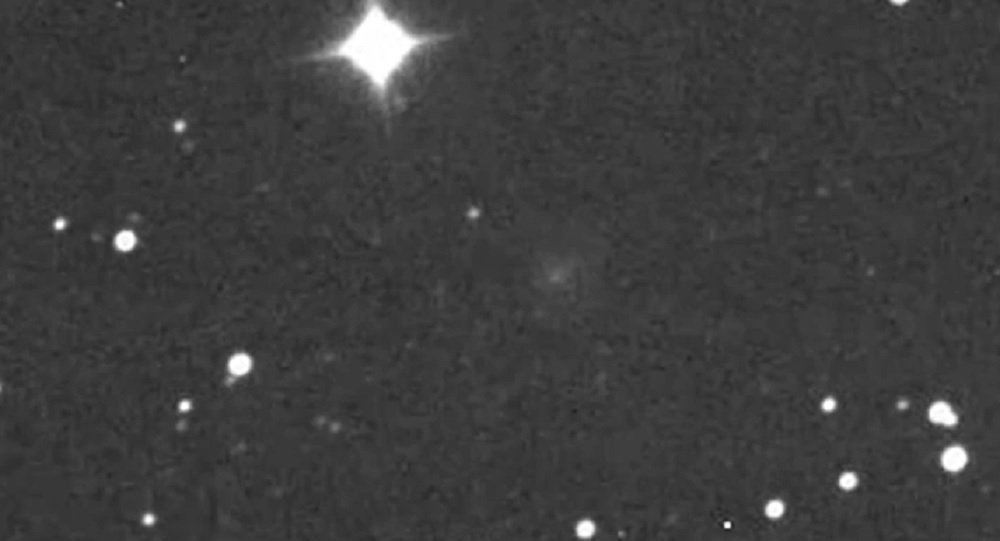
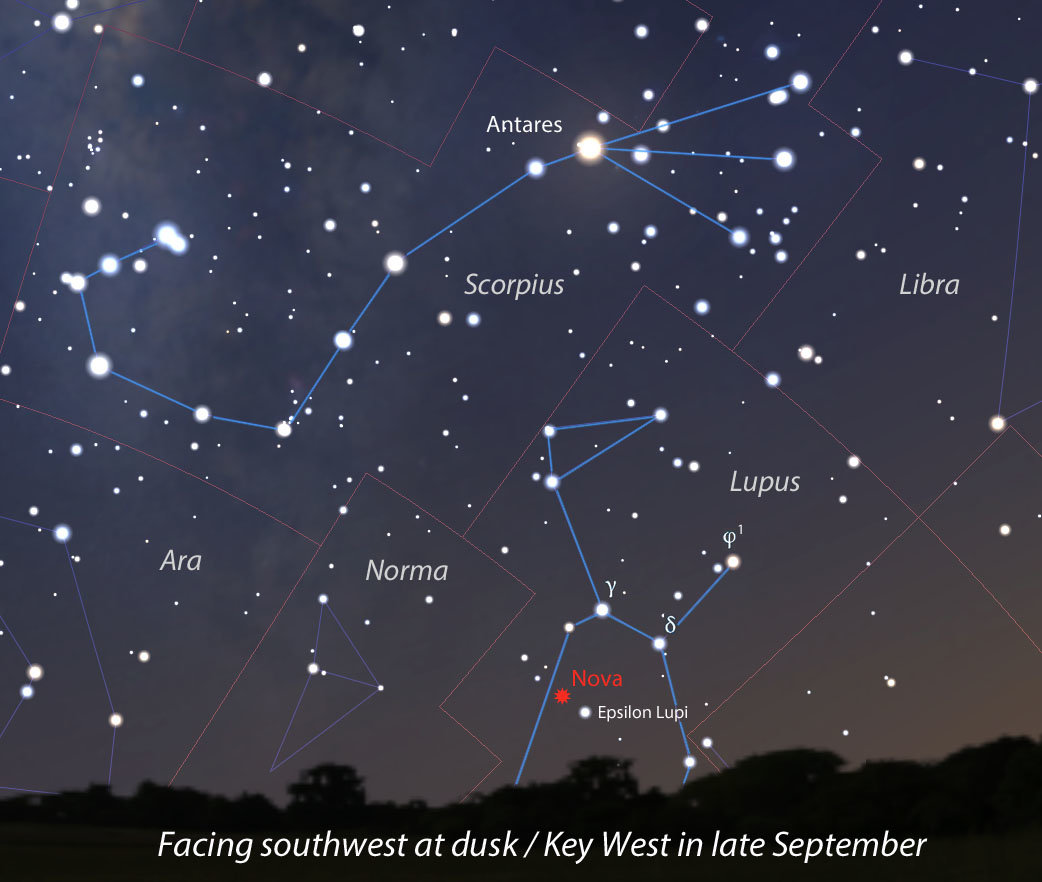
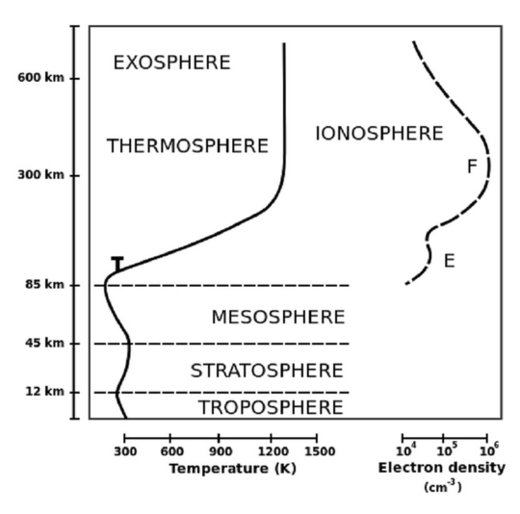

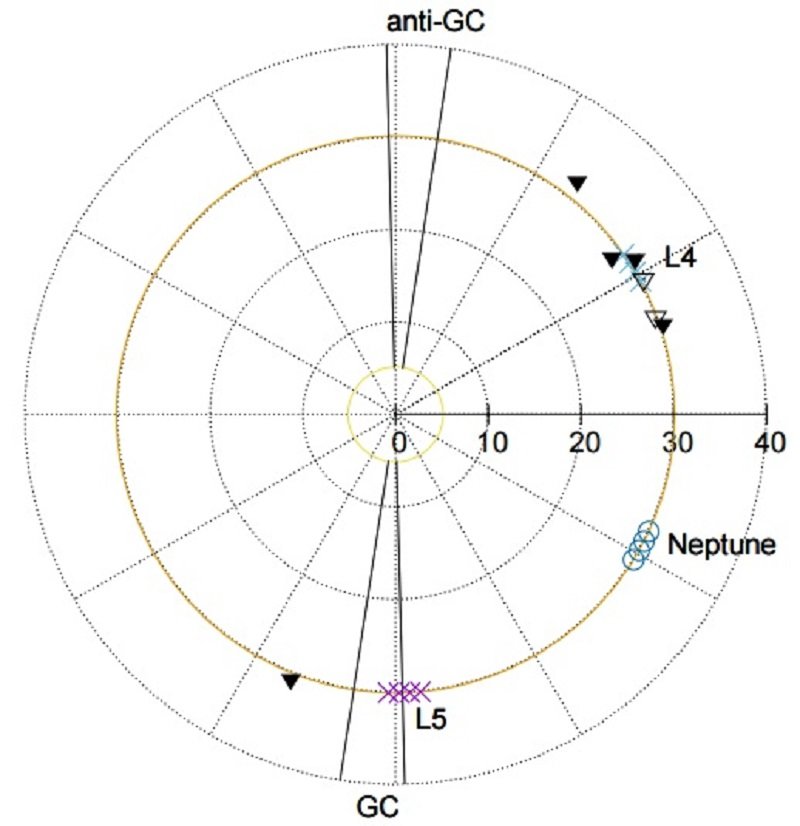
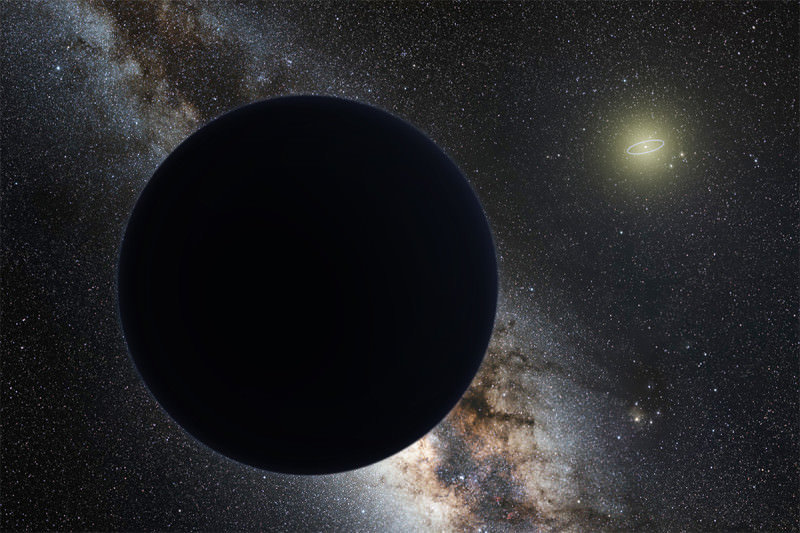
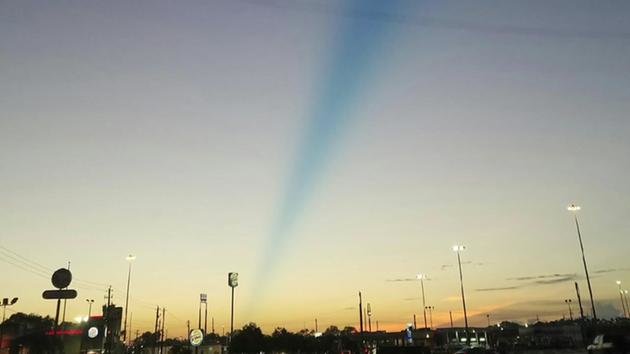



Comment: The Aurora Borealis, so called 'Northern lights' have been observed heading a lot further 'south' in recent times, providing a 'rare' spectacle even in the most southerly parts of England.
While the Aurora Australis, or the 'Southern lights' have been seen further north in New Zealand than usual. Researchers have also recently identified increased electrical activity moving towards equatorial regions.
Aurorae occur when charged solar particles reach local magnetic field lines, where they enter the planetary atmosphere and excite its atoms and molecules. As they deactivate, the particles produce light emission.
With the increasing comet/volcanic dust loading of the atmosphere (an indicator of this dust loading is the intensification of noctilucent clouds we are witnessing) which is accentuating electric charge build-up, we can expect to observe more awesome light shows and other related phenomena.
The winning Electric Universe model, and much more related information, are explained in the book Earth Changes and the Human Cosmic Connection by Pierre Lescaudron and Laura Knight-Jadczyk.